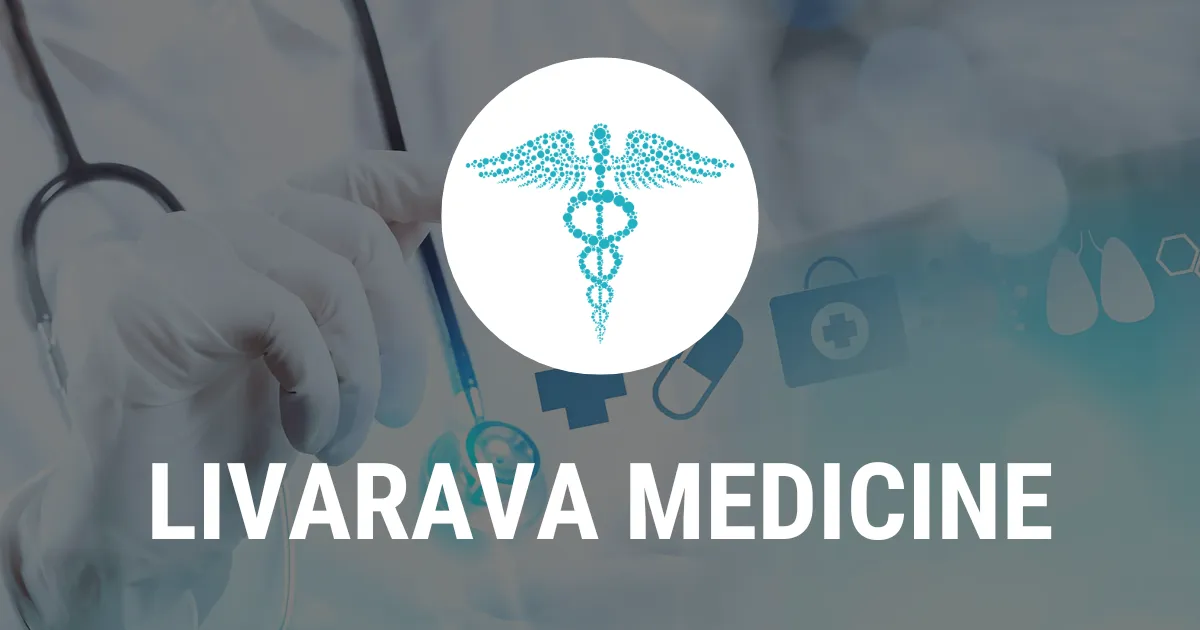Understanding Social Risk Subgroups and Their Impact on Type 2 Diabetes Outcomes

Overview of Social Risk Subgroups
Social risk subgroups encompass factors such as socioeconomic status, education, and living conditions that can impact health outcomes. Identifying these subgroups aids in creating targeted interventions for individuals with type 2 diabetes.
The Relation to Glycemic Control
Findings indicate a direct correlation between social risk categories and glycemic outcomes. Patients experiencing higher social risks often face challenges in maintaining optimal glycemic levels due to limited access to healthcare resources.
Quality of Life Considerations
Additionally, the quality of life for individuals with type 2 diabetes can be significantly affected by these social determinants. Those in high-risk categories report lower life satisfaction, further exacerbating diabetic health challenges.
Implications for Healthcare Providers
Recognizing the importance of social determinants allows healthcare providers to tailor management plans that consider patient backgrounds, potentially improving treatment adherence and outcomes.
This article was prepared using information from open sources in accordance with the principles of Ethical Policy. The editorial team is not responsible for absolute accuracy, as it relies on data from the sources referenced.